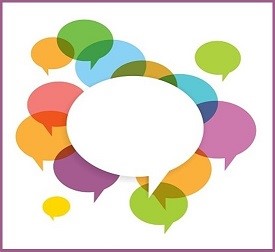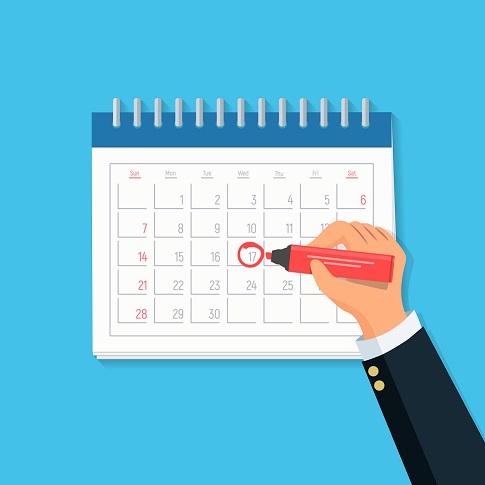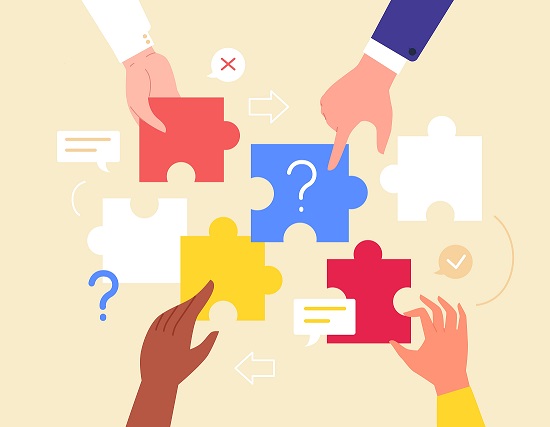Water Toolkit
Communication Types
- Everyday Communications
- Well-Known Issue Communications
- Emerging Issue Communications
- Crisis Communications
Communication Tools
Related Sites
Environmental Health Division
Drinking Water Risk Communication Toolkit
We talked to systems – large and small – throughout Minnesota about risk communication. This toolkit contains the risk communication strategies and tools that work for them. Risk communication is a science-based approach to communicating effectively to inform people about potential hazards to their person, property, or community.
Please share your communication successes with us at health.drinkingwater@state.mn.us. We would be glad to add your examples and stories to the toolkit so that other public water systems can learn from you. Thank you to the public water systems that contributed their time and expertise to this toolkit: Bemidji, Eden Prairie, Foley, Minneapolis, New Brighton, and Rochester.
Communication for every situation
Read about different communication types and find the strategies that best fit for your system and the issue at hand.
 Education and awareness about water systems, drinking water, all the good work done to protect drinking water.
Education and awareness about water systems, drinking water, all the good work done to protect drinking water.
 Inform and help the community understand how to prevent or address a well-known risk.
Inform and help the community understand how to prevent or address a well-known risk.
 Inform and help the community understand how to prevent or address a risk that is new or not well-known.
Inform and help the community understand how to prevent or address a risk that is new or not well-known.
 Inform and help the community face extreme, sudden danger or a sudden change in operations.
Inform and help the community face extreme, sudden danger or a sudden change in operations.
Communication strategies and tools that work
Successful communication efforts can be broken down into three simple steps: planning, making your message, and telling your story. Each of these steps is scalable—whether you have the time and resources to do a little or a do a lot, you can still communicate effectively with consumers. On the pages below, you will find strategies and tools to help with each step.